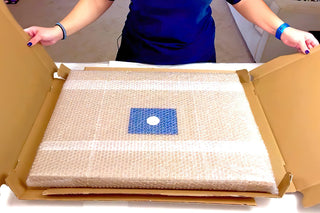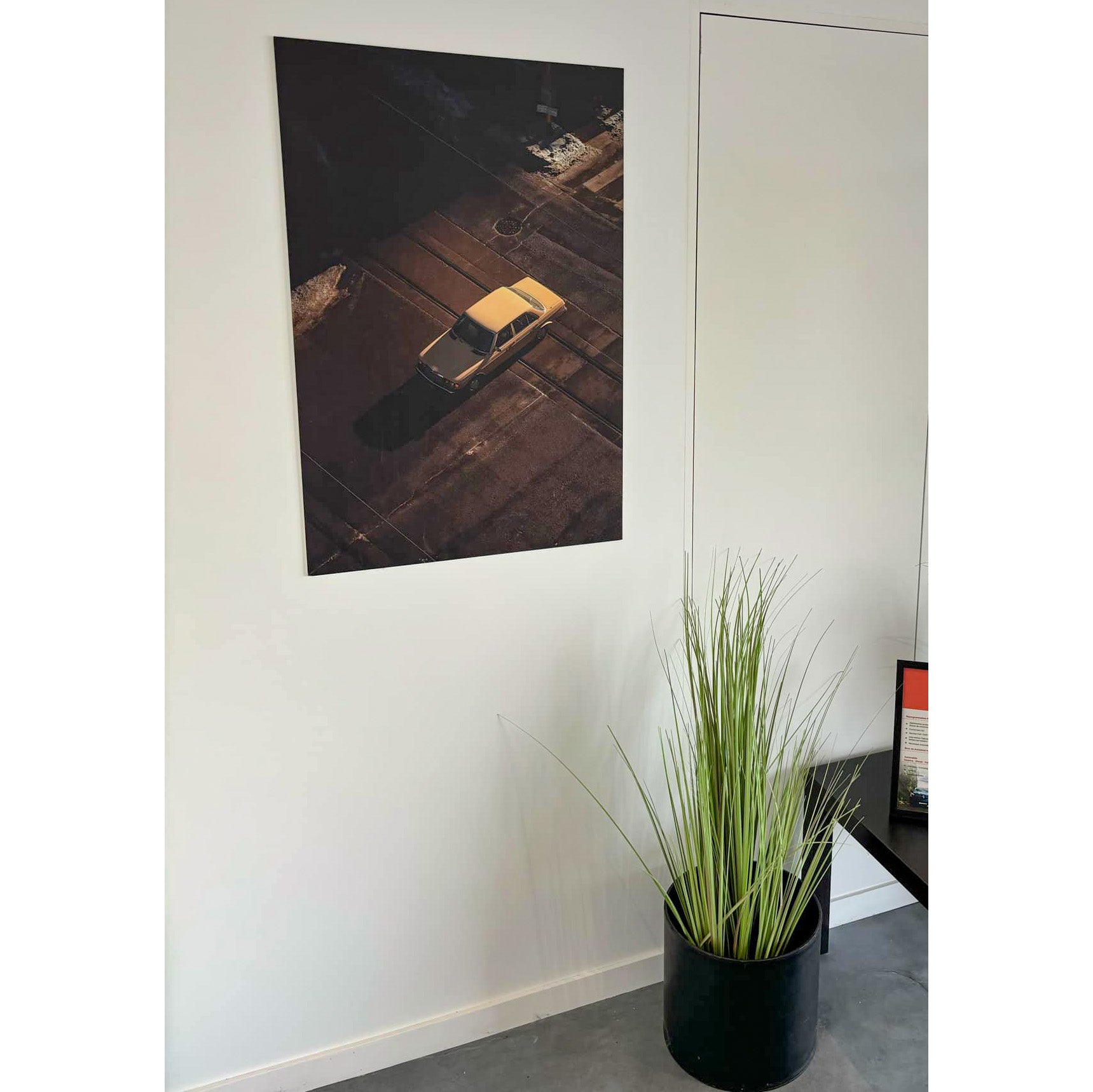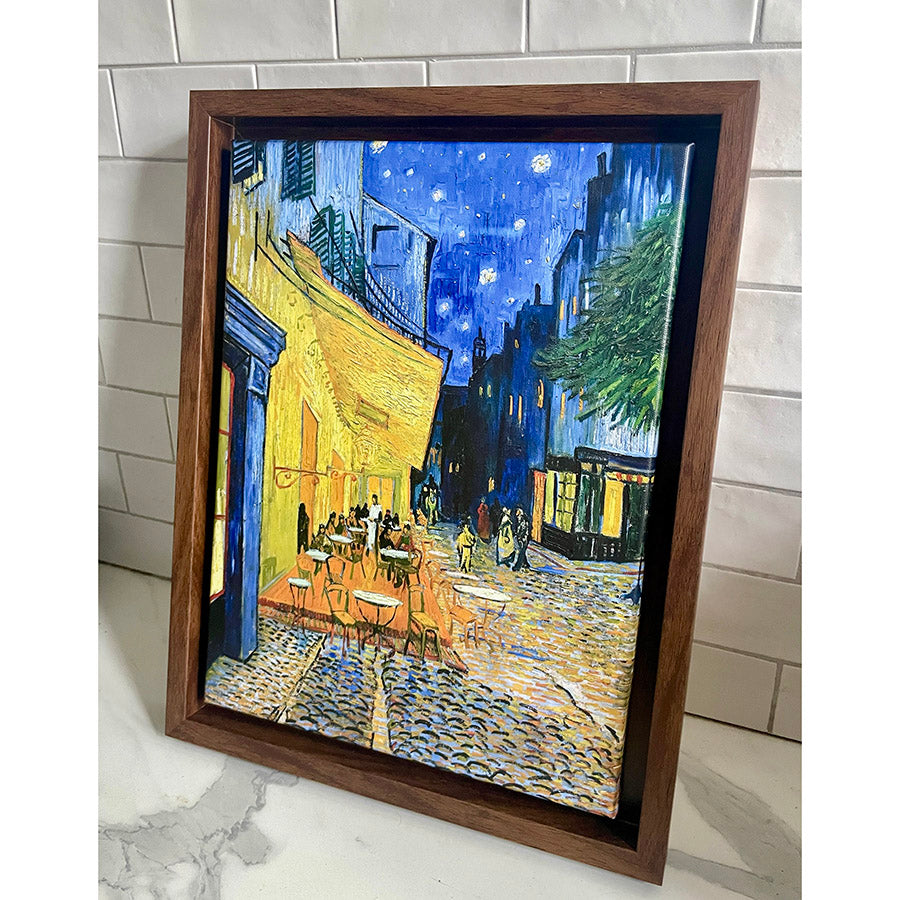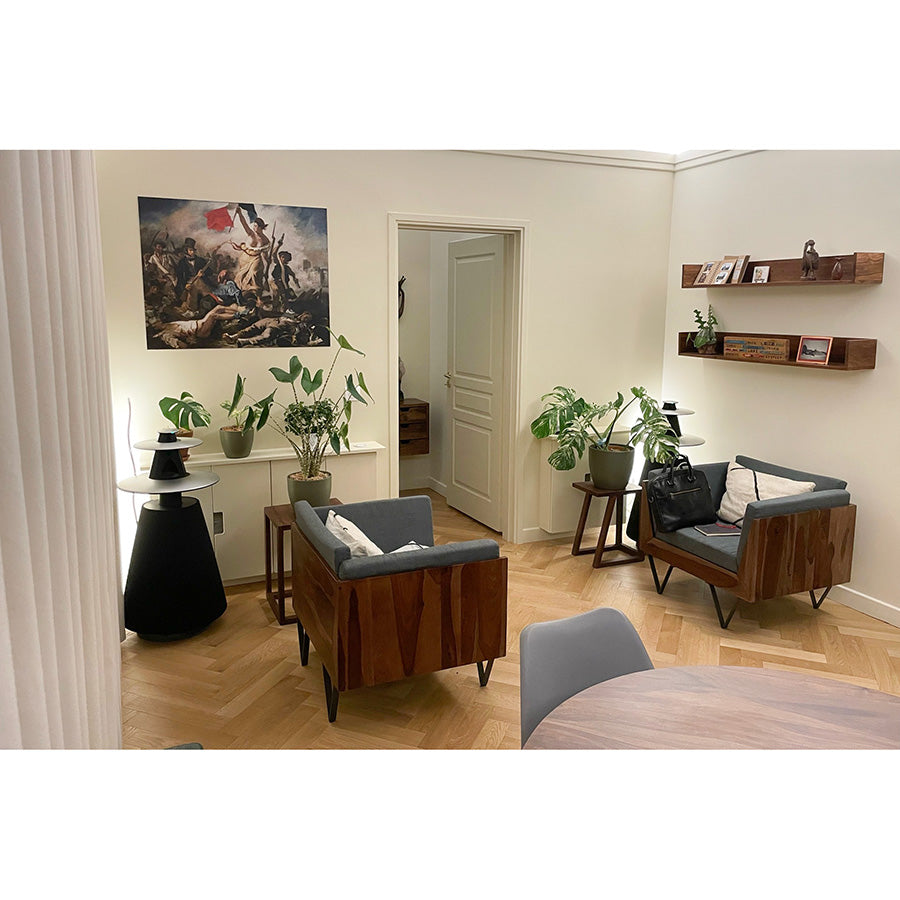Art print | Architectural caprice Ruin of temple and figurines - Victor Jean Nicolle

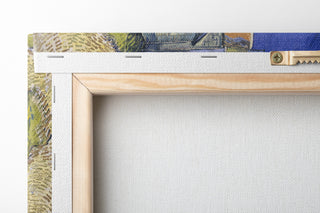
View from behind
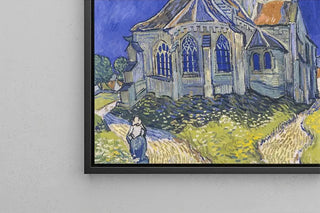
Frame (optional)
Caprice architectural and romantic atmosphere: Victor Jean Nicolle's vision
The scene of Caprice architectural Ruine de temple et figurines reveals a subtle balance between monumental perspective and the delicacy of the characters, where the crumbling stone dialogue with human presence. The palette favors soft ochres, atmospheric grays, and luminous touches that structure the space and suggest the passage of time. The precise drawing technique enhanced with washes creates a sculptural depth and a contemplative melancholy, inviting the viewer's gaze to move from the foreground to the monumental background. This piece is ideal for those seeking an art print Caprice architectural Ruine de temple et figurines faithful to the original spirit.
Victor Jean Nicolle, master of architectural landscape
Victor Jean Nicolle, painter and draftsman of the early 19th century, distinguished himself with his specialization in architectural views and landscape caprices influenced by Antiquity and the neoclassical taste. His work demonstrates mastery of perspective, a keen eye for detail, and a documentary temperament combined with romantic sensitivity; his studies of ruins and monuments have inspired collectors and art archaeology enthusiasts. Nicolle's drawings often served as references for interpreting ancient sites, and this art print Caprice architectural Ruine de temple et figurines perfectly illustrates his contribution to the landscape repertoire of his era.
A decorative acquisition with multiple advantages
This art print offers an elegant and soothing presence, suitable for the living room, office, or library, and complements both classic and contemporary interiors. The canvas Caprice architectural Ruine de temple et figurines reproduced here guarantees fidelity of details and nuances thanks to high-definition printing and resistant inks, for a durable and refined display. Hung above a sofa, a desk, or in an entryway, it brings a cultural atmosphere and visual depth without overwhelming. The painting and canvas are designed to enhance the original work while facilitating its decorative integration into everyday life.

Matte finish

View from behind

Frame (optional)
Caprice architectural and romantic atmosphere: Victor Jean Nicolle's vision
The scene of Caprice architectural Ruine de temple et figurines reveals a subtle balance between monumental perspective and the delicacy of the characters, where the crumbling stone dialogue with human presence. The palette favors soft ochres, atmospheric grays, and luminous touches that structure the space and suggest the passage of time. The precise drawing technique enhanced with washes creates a sculptural depth and a contemplative melancholy, inviting the viewer's gaze to move from the foreground to the monumental background. This piece is ideal for those seeking an art print Caprice architectural Ruine de temple et figurines faithful to the original spirit.
Victor Jean Nicolle, master of architectural landscape
Victor Jean Nicolle, painter and draftsman of the early 19th century, distinguished himself with his specialization in architectural views and landscape caprices influenced by Antiquity and the neoclassical taste. His work demonstrates mastery of perspective, a keen eye for detail, and a documentary temperament combined with romantic sensitivity; his studies of ruins and monuments have inspired collectors and art archaeology enthusiasts. Nicolle's drawings often served as references for interpreting ancient sites, and this art print Caprice architectural Ruine de temple et figurines perfectly illustrates his contribution to the landscape repertoire of his era.
A decorative acquisition with multiple advantages
This art print offers an elegant and soothing presence, suitable for the living room, office, or library, and complements both classic and contemporary interiors. The canvas Caprice architectural Ruine de temple et figurines reproduced here guarantees fidelity of details and nuances thanks to high-definition printing and resistant inks, for a durable and refined display. Hung above a sofa, a desk, or in an entryway, it brings a cultural atmosphere and visual depth without overwhelming. The painting and canvas are designed to enhance the original work while facilitating its decorative integration into everyday life.





